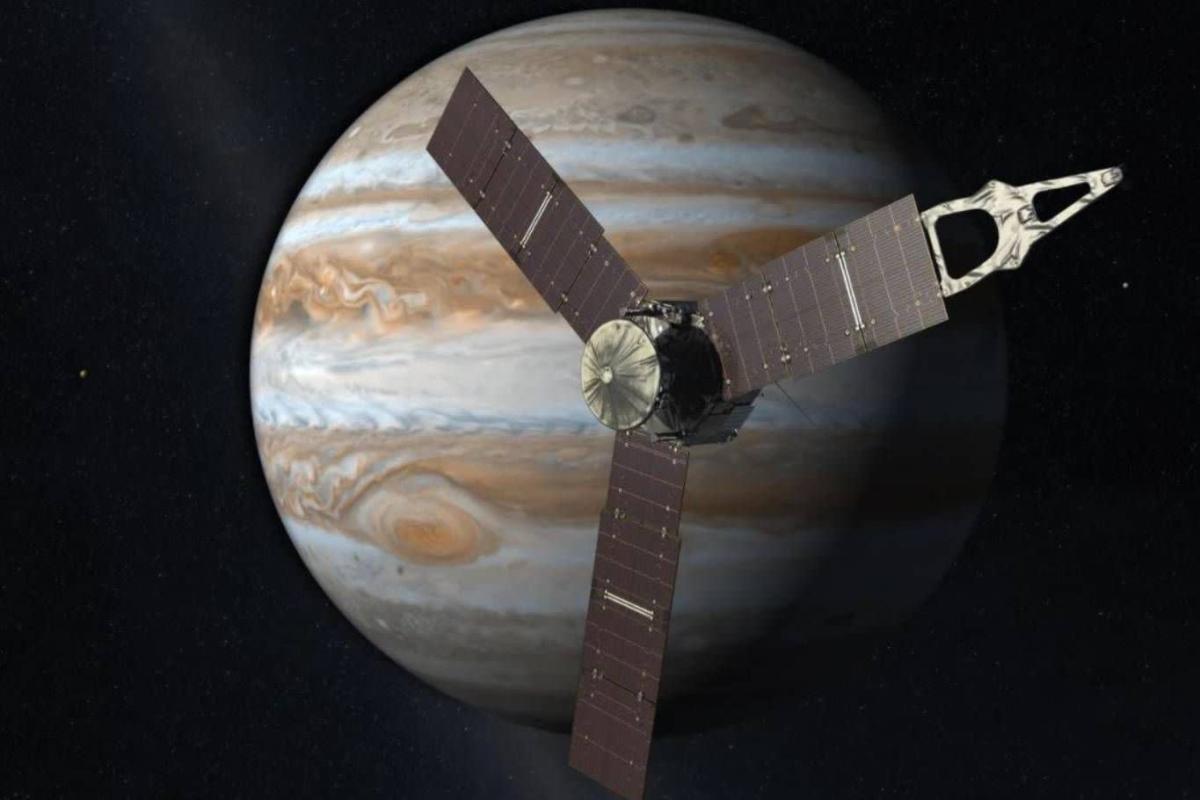A team of scientists from different countries published a study in which they revealed unknown data Big red dot It is located on the planet Jupiter. Thanks for the data provided by Juno Space Exploration At NASA, Researchers have found that this stain is a storm of very deep dimensions and it can be completely submerged. Earth. “This is directly a monster”, Promised One of the co-authors of the study.
According to a study released last Thursday Magazine Science, The The Great Red Spot is 300 to 500 kilometers deep. Although scientists say the spread is declining, These levels are strong.
Recent data on the depth of this event add to what is already known about it, and it has a storm width. 16,000 kilometers. With these measurements, it can be seen in the new films 3D Of that planet Big red dot It looks like a sack that encloses with a drawstring.
Scott Bolton, In San Antonio Southwest Research Institute, USA He said there would be no such limit at the bottom of the storm. “It probably gradually disappears and continues to go down”, Bolton commented at a press conference collected by the AP.

The study also points out Big red dot It may be the tallest Jovian storm ever measured Juno’s microwave and gravity mapping tools, Explained Bolton.
Archaeologists have unearthed a 2,700-year-old wine factory in Iraq
The scientist also said that thousands of storms hit the largest planet in the solar system at all times. Beautiful and colorful loops, clouds and threads covering the entire planet As seen on the spacecraft.
Until a decade ago, the best way to explore any event Thursday It must be seen from a distance. You can use NASA’s Hubble Space Telescope, orbiting or ground-based telescopes. With them, the width could be established Big red dot, But the depth of this phenomenon was the subject of speculation in the scientific context.
“Some of them guessed it would be very, very deep, like we were talking about ten kilometers. Others thought: “Well, in theory, it could go as deep as the center of Jupiter.”Said on the site American in technology On the edge Marcia Parisi, Co-author and scientist of the study Jet Propulsion Laboratory of the California Institute of Technology.

Now, thanks to the scientific tools provided by Juno, researchers have realized its depth Big red dot Of the gas planet. Its depth, 350 to 500 kilometers, may seem less than the width of the event, but they are strong dimensions.
“It simply came to our notice then. If the storm hits Earth, it will spread to the International Space Station. This is directly a monster”, He told the aforementioned publication Yohai Cosby, Co-author of the study and Wiseman Institute of Science, Israel.
The next task Juno Measures the depth of polar hurricanes that may change deep under the clouds of the planet. But Bolton I do not think these are possible. “I don’t want to rush to say we saw the deep, but Big red dot It is huge and special on its own. You expect it to go deeper because of that, ”he said.
The Juno spacecraft was launched in 2011 And has been around since Thursday 2016. Recently, NASA has extended its mission for another four years until 2025.
This may be of interest to you
(Video) This is what happens when fungi are destroyed from the face of the planet


:quality(85)/cloudfront-us-east-1.images.arcpublishing.com/infobae/SMPW7M5BQFERBOQUPJXKCOKARY.jpg)
:quality(85)/cloudfront-us-east-1.images.arcpublishing.com/infobae/NP5NEZXMZFGNLBHNEQJHPJVMKM.jpg)

:quality(85)/cloudfront-us-east-1.images.arcpublishing.com/infobae/X7DZAL3I4REJTKPZ4Y4DYBHFMI.jpg)